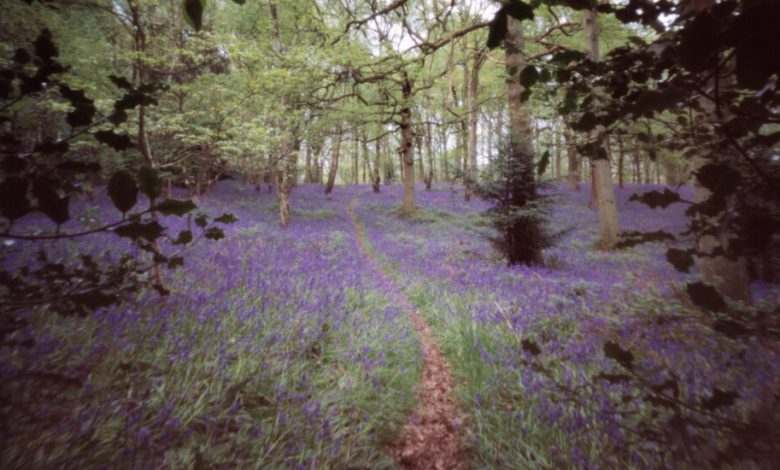On the Wild Intoxications of Spring

I spied the first spring beauty of the year on Feb. 20, the same week a Northern flicker started drumming on our metal chimney, the week of budburst for our red maple sapling and our young red mulberries. At our house, these are the most reliable harbingers of spring: pink-pollened flowers in the leaf litter, a woodpecker signaling his territory to a potential mate, sap rising in branches still low enough to watch their buds burst into bloom.
As soon as the spring beauties spring up and the red maple blossoms and the flicker arrives at dawn to drum out his song of love and homeownership, I know it won’t be long before the chipmunks wake up from their sleeping chambers in tunnels beneath our house, skinnier now than when they moved down there last fall.
The bluebirds often start house-hunting much earlier than they intend to nest, but the first flicker concert at dawn and the first spring beauty opening in the afternoon sun — they’re for real. Soon the great rat snake, a prolific five-footer, and the one-eyed turtle will wake, too, and the broadhead skinks will come back to conduct their courtship on our front stoop. Soon the crows will be stalking through the wild parts of the yard after a rain, collecting long, damp stalks of grass to line their nests with.
This year spring beauties came a little late compared to last year (Feb. 16), but still very early compared to the year before that (March 20). I greet these tiny flowers with a flush of delight whenever they appear, but I am especially joyful when they don’t arrive until at least a few days later than when I first start looking for them. My happiness is twofold. Spring is here! But also: Thank God it didn’t come too terribly early this year.
I keep track of such emergences now. The unfolding Anthropocene is never far from mind, a simmering disquiet even when no overt calamity is in the news, and I take my comforts wherever I can find them. During January’s snowmageddon, I kept reminding myself that surely more than a week of snow and ice would mean a somewhat more timely arrival for the spring ephemerals. And so it did, at least in our yard.
Ephemerals are tiny, low-growing woodland flowers that emerge before the hardwood trees leaf out, while sunlight can still make its way to them on the forest floor. Ephemerals produce pollen just as overwintering insects begin to awake. Long before the cultivated flowers in my pollinator garden bloom, long before there are buds on the serviceberries and the dogwoods and our yard’s lone wild plum tree, tiny wildflowers are feeding the bees.




